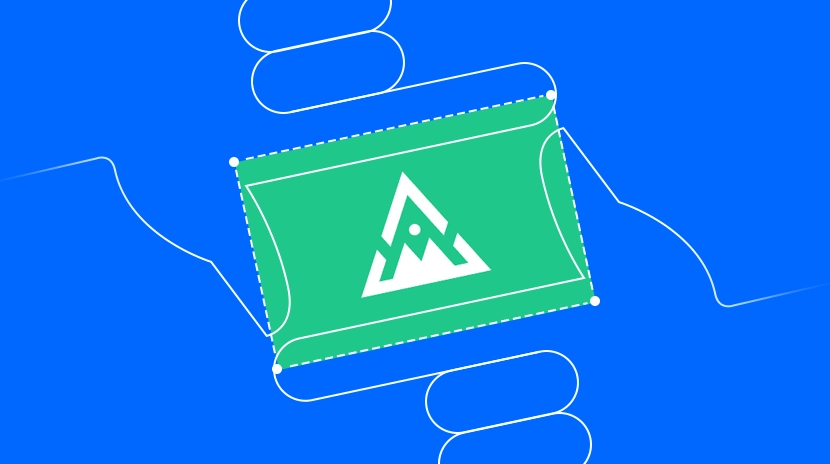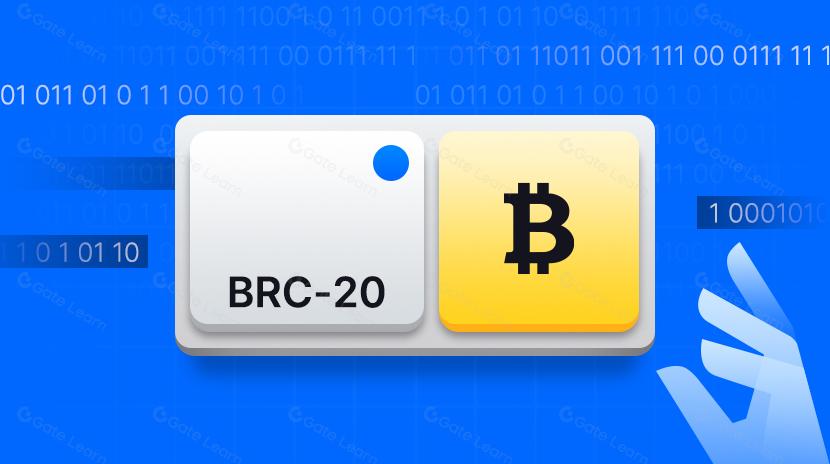bitcoins lightning network

Bitcoin Lightning Network is a second-layer payment protocol built on top of the Bitcoin blockchain, designed to address Bitcoin's scalability issues and transaction delays. As an off-chain solution, the Lightning Network enables users to create payment channels for instant, low-cost micropayments without recording every transaction on the main chain. The core value of this technology lies in significantly enhancing Bitcoin's transaction processing capacity, making it more suitable for everyday small payments while maintaining Bitcoin's decentralized and secure characteristics.
Background: The Origin of Bitcoin Lightning Network
The Bitcoin Lightning Network concept was first proposed in 2015 by Joseph Poon and Thaddeus Dryja in their white paper titled "The Bitcoin Lightning Network: Scalable Off-Chain Instant Payments." The solution was designed to address two major challenges facing the Bitcoin blockchain:
- Scalability limitations: The Bitcoin main network can only process about 7 transactions per second, far below the demands of a global payment system.
- Confirmation times: Bitcoin transactions typically require multiple block confirmations (approximately 10-60 minutes), unsuitable for instant payment scenarios.
- Transaction fees: As network congestion increases, Bitcoin transaction fees rise, making small transactions economically unfeasible.
The development of the Lightning Network underwent years of theoretical research and technical implementation, beginning operation on the main network in early 2018. Currently, multiple open-source implementations exist, such as Lightning Labs' LND, Blockstream's c-lightning, and ACINQ's Eclair, driving the widespread application and development of the Lightning Network.
Work Mechanism: How Bitcoin Lightning Network Operates
The operation of the Bitcoin Lightning Network is based on several key technical components and principles:
-
Payment Channels: Point-to-point connections established between two participants by creating a multi-signature address to lock a certain amount of bitcoin, registered on-chain with a channel opening transaction.
-
Hash Time-Locked Contracts (HTLCs): Cryptographic mechanisms ensuring payment security, allowing funds to be unlocked with a specific key within a specific timeframe, returning to the sender if not unlocked.
-
Routing Mechanism: Multiple payment channels can connect to form a network, enabling funds to flow from one user to another through intermediate nodes, even if the parties haven't established a direct payment channel.
-
Channel Settlement: When participants wish to close a channel, the final channel state is submitted to the Bitcoin main chain, achieving final settlement of off-chain balances.
In practical use, users need not understand these complex mechanisms. Users only need to use a wallet application that supports the Lightning Network to conduct instant transactions like traditional payment systems, experiencing second-level confirmations and extremely low fees.
Risks and Challenges of Bitcoin Lightning Network
Despite providing an effective solution for Bitcoin scaling, the Lightning Network still faces some technical and application challenges:
-
Liquidity Constraints: Channels must be pre-funded, limiting available funds and payment paths, particularly affecting large payments.
-
Online Requirement: Recipients must be online to complete transactions, which differs from the design of the Bitcoin main network.
-
Routing Complexity: As the network scale expands, finding optimal payment paths becomes more complex, potentially affecting user experience.
-
Channel Capacity: The capacity of a single channel is limited by the initial funding amount, restricting the maximum transaction amount that can be processed.
-
Security Considerations: Although based on Bitcoin's security foundation, the Lightning Network's software implementation may contain vulnerabilities, and users need to properly manage channel states to avoid potential fund losses.
-
Regulatory Uncertainty: As a relatively emerging payment technology, the regulatory status of the Lightning Network remains unclear across different jurisdictions.
The continued development of the Bitcoin Lightning Network requires addressing these challenges while balancing relationships between decentralization, security, and user-friendliness.
The Bitcoin Lightning Network represents a significant milestone in blockchain technology development, providing a viable path to solving cryptocurrency scalability issues. By enabling instant, low-cost off-chain transactions, the Lightning Network greatly expands Bitcoin's practical scenarios, making it more suitable for everyday small payments and microtransactions. With continued technological refinement and ecosystem expansion, the Lightning Network has the potential to become key infrastructure driving Bitcoin's mass adoption, while also providing valuable experience in second-layer scaling solutions for other blockchain projects. As an important component of the Bitcoin ecosystem, the development of the Lightning Network will continue to influence the future direction of the cryptocurrency industry.
Share
Related Articles

In-depth Explanation of Yala: Building a Modular DeFi Yield Aggregator with $YU Stablecoin as a Medium

BTC and Projects in The BRC-20 Ecosystem
